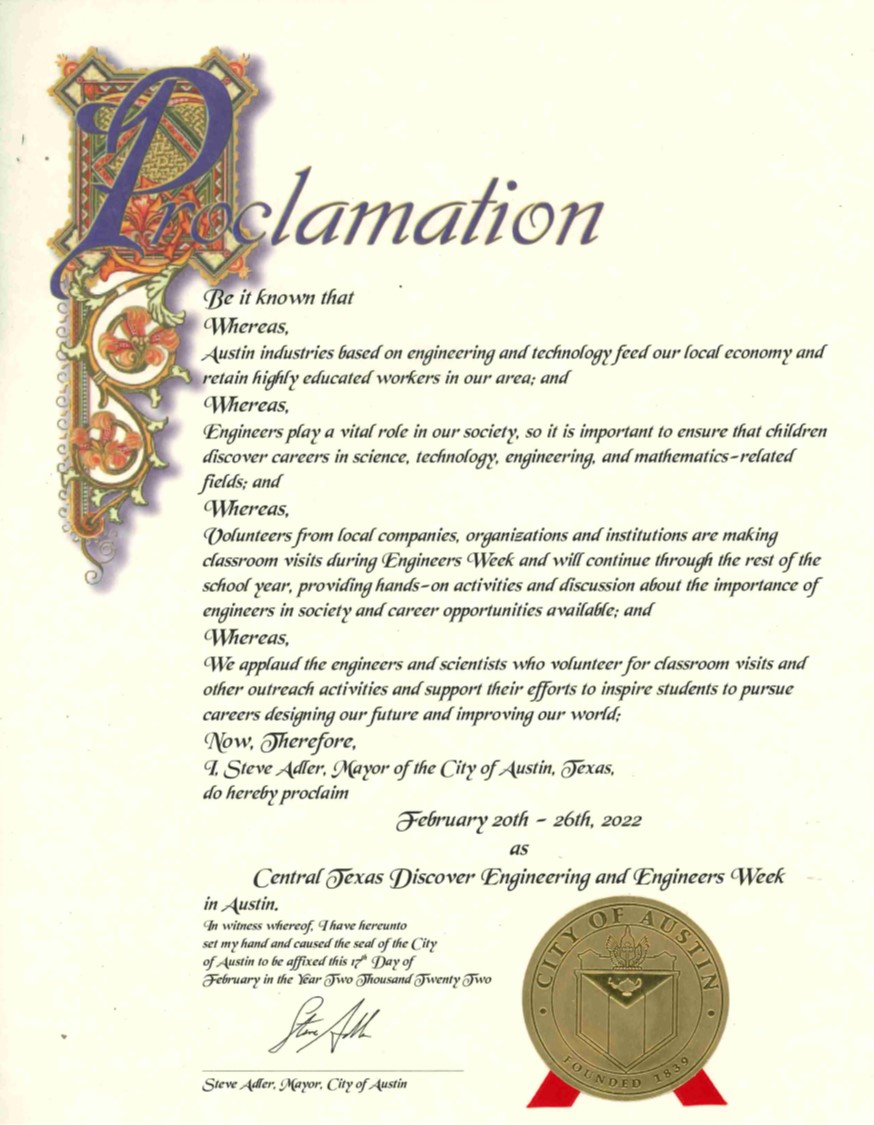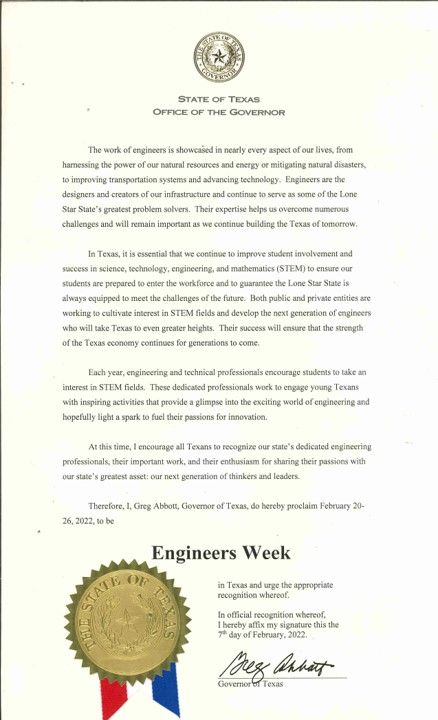-

#1: Make Solar Energy Economical
As a source of energy, nothing matches the sun. It out-powers anything that human technology could ever produce. Only a small fraction of the sun’s power output strikes the Earth, but even that provides 10,000 times as much as all the commercial energy that humans use on the planet.
#1: Make Solar Energy Economical
* From "Grand Engineering Challenges of the 21st Century", National Academy of Engineering
-

#2: Provide Energy from Fusion
If you have a laptop computer, its battery probably contains the metallic element lithium. In theory, the lithium in that battery could supply your household electricity needs for 15 years. Not in the form of a battery, of course. Rather, lithium could someday be the critical element for producing power from nuclear fusion, the energy source for the sun and hydrogen bombs.
#2: Provide Energy from Fusion
* From "Grand Engineering Challenges of the 21st Century", National Academy of Engineering
-

#3: Develop Carbon Sequestration Methods
The growth in emissions of carbon dioxide, implicated as a prime contributor to global warming, is a problem that can no longer be swept under the rug. But perhaps it can be buried deep underground or beneath the ocean.
#3: Develop Carbon Sequestration Methods
* From "Grand Engineering Challenges of the 21st Century", National Academy of Engineering
-

#4: Manage the nitrogen cycle
It doesn’t offer as catchy a label as “global warming,” but human-induced changes in the global nitrogen cycle pose engineering challenges just as critical as coping with the environmental consequences of burning fossil fuels for energy.
* From "Grand Engineering Challenges of the 21st Century", National Academy of Engineering
-

#5: Provide access to clean water
When Samuel Taylor Coleridge wrote “water, water, everywhere, nor any drop to drink,” he did not have the 21st century’s global water situation in mind. But allowing for poetic license, he wasn’t far from correct. Today, the availability of water for drinking and other uses is a critical problem in many areas of the world.
#5: Provide access to clean water
* From "Grand Engineering Challenges of the 21st Century", National Academy of Engineering
-

#6: Restore and improve urban infrastructure
It is no secret that America’s infrastructure, along with those of many other countries, is aging and failing, and that funding has been insufficient to repair and replace it. Engineers of the 21st century face the formidable challenge of modernizing the fundamental structures that support civilization.
#6: Restore and improve urban infrastructure
* From "Grand Engineering Challenges of the 21st Century", National Academy of Engineering
-

#7: Advance health informatics
No aspect of human life has escaped the impact of the Information Age, and perhaps in no area of life is information more critical than in health and medicine. As computers have become available for all aspects of human endeavors, there is now a consensus that a systematic approach to health informatics — the acquisition, management, and use of information in health — can greatly enhance the quality and efficiency of medical care and the response to widespread public health emergencies.
#7: Advance health informatics
* From "Grand Engineering Challenges of the 21st Century", National Academy of Engineering
-

#8: Engineer better medicines
Doctors have long known that people differ in susceptibility to disease and response to medicines. But, with little guidance for understanding and adjusting to individual differences, treatments developed have generally been standardized for the many, rather than the few.
* From "Grand Engineering Challenges of the 21st Century", National Academy of Engineering
-

#9: Reverse engineer the brain
For decades, some of engineering’s best minds have focused their thinking skills on how to create thinking machines — computers capable of emulating human intelligence. While some of thinking machines have mastered specific narrow skills — playing chess, for instance — general-purpose artificial intelligence (AI) has remained elusive.
#9: Reverse engineer the brain
* From "Grand Engineering Challenges of the 21st Century", National Academy of Engineering
-

#10: Prevent nuclear terror
From the beginnings of the nuclear age, the materials suitable for making a weapon have been accumulating around the world. Even some actual bombs may not be adequately secure against theft or sale in certain countries. Nuclear reactors for research or power are scattered about the globe, capable of producing the raw material for nuclear devices. And the instructions for building explosive devices from such materials have been widely published, suggesting that access to the ingredients would make a bomb a realistic possibility.
* From "Grand Engineering Challenges of the 21st Century", National Academy of Engineering
-

#11: Secure cyberspace
Personal privacy and national security in the 21st century both depend on protecting a set of systems that didn’t even exist until late in the 20th — the electronic web of information-sharing known as cyberspace.
* From "Grand Engineering Challenges of the 21st Century", National Academy of Engineering
-

#12: Enhance virtual reality
To most people, virtual reality consists mainly of clever illusions for enhancing computer video games or thickening the plot of science fiction films. Depictions of virtual reality in Hollywood movies range from the crude video-viewing contraption of 1983’s “Brainstorm” to the entire virtual universe known as “The Matrix.”
* From "Grand Engineering Challenges of the 21st Century", National Academy of Engineering
-

#13: Advance personalized learning
For years, researchers have debated whether phonics or whole-word recognition is the best way to teach children how to read. Various experts can be found who will advocate one approach or the other. Ask an astute first-grade teacher, though, and the answer is likely to be that it depends on the kid. Some pupils respond more favorably to the whole-word approach; others learn faster with phonics. Young brains (and older brains, for that matter) are not all alike. Learning is personal.
#13: Advance personalized learning
* From "Grand Engineering Challenges of the 21st Century", National Academy of Engineering
-

#14: Engineer the tools of scientific discovery
In the popular mind, scientists and engineers have distinct job descriptions. Scientists explore, experiment, and discover; engineers create, design, and build. But in truth, the distinction is blurry, and engineers participate in the scientific process of discovery in many ways. Grand experiments and missions of exploration always need engineering expertise to design the tools, instruments, and systems that make it possible to acquire new knowledge about the physical and biological worlds.
#14: Engineer the tools of scientific discovery
* From "Grand Engineering Challenges of the 21st Century", National Academy of Engineering
-
More About Us
-
View Experiments
-
Our Sponsors
Thank you to all of our wonderful sponsors, who make what we do possible! -










